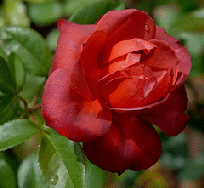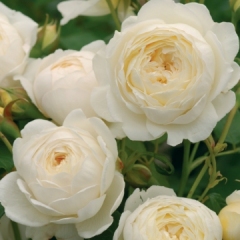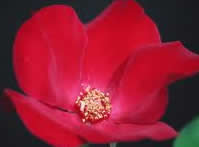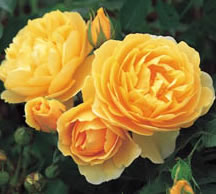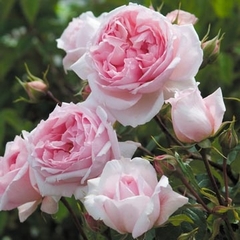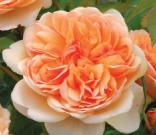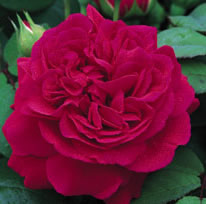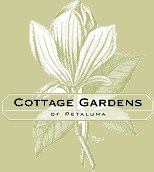
Growing Roses Successfully Planting: Good site selection is very important. Roses need full sun (approx 6 hours of afternoon sun), although some varieties can withstand less, so choose your site carefully. Good air circulation is imperative and helps to discourage foliage diseases. Avoid root and water competition by not planting near other large trees or shrubs. When you have your site and you're ready to plant, prepare a hole approximately twice the size of the root ball. Amend the existing soil with a 50/50 mix of your native soil and Soil Booster . Add ½ cup of Sure Start to the mixture. Finally, make sure the bud union is 1 to 2” above ground. For container planting, we recommend the wonderful Ultimate Recipe Potting Soil. Watering: Roses need regular deep watering. Avoid overhead watering to diminish susceptibility to fungal diseases. Mulch with Micro-Bark to help retain moisture. Feeding: Every rosarian has his or her own recipe for fertilizing roses. Feeding can be as easy or as difficult as you would like to make it. Most people are happy with a simple plan and we recommend EB Stone Rose & Flower Food every 6-8 weeks, spring to fall. As an alternative, we've always liked Maxsea 16-16-16 water soluble concentrate; use monthly until Halloween. For container roses, feed a more dilute solution every two weeks. Pruning: Annual pruning contributes to health, productivity and longevity of plants. Make cuts above an outward facing bud. Prune late winter or early spring when growth buds begin to swell. Thin out any weak, spindly (less than ½" diameter) or dead shoots, and also old branches. Remove from one third to no more than ½ the length of the previous season's growth. The ideal result is a V-shaped bush with a relatively open center. Be sure to remove all suckers from the rootstock. Deadhead after flowering: Cut ¼” above the first set of leaves having five leaflets. Climbing roses – leave unpruned for the first year or two, removing only dead or weak wood while training on desired structure or trellis. Cut back lateral branches to within 2 or 3 buds from main cane. Pests: Aphids can be a continuous problem, mostly clustering upon new growth. They can easily be controlled using Rose Defense or Insecticidal Soap . As summer approaches, thrips can distort buds and discolor flowers. Complete control can be difficult but is possible. Remove all affected flowers as soon as damage is noted and discard. When the first sign of new buds appear, spray with Rose Rx 2-3 times at 7 day intervals. Rose slug is best combatted with Captain Jack's Dead Bug Brew. The three most common diseases on roses are black spot, powdery mildew and rust which can all be controlled using Rose Rx . Keep your roses healthy with regular watering and fertilizing and you will greatly reduce your insect and disease problems. After pruning, thoroughly clean up all old leaves and debris around the plants and remove all leaves still attached to the bush. This will help inhibit the over wintering of insects and fungal diseases. As further precaution, we recommend spraying with Liquicop mixed with a good Year-round or dormant oil spray. Spray at least 24 hours prior to any rain.
Click HERE to return to our Roses. |
|||||
